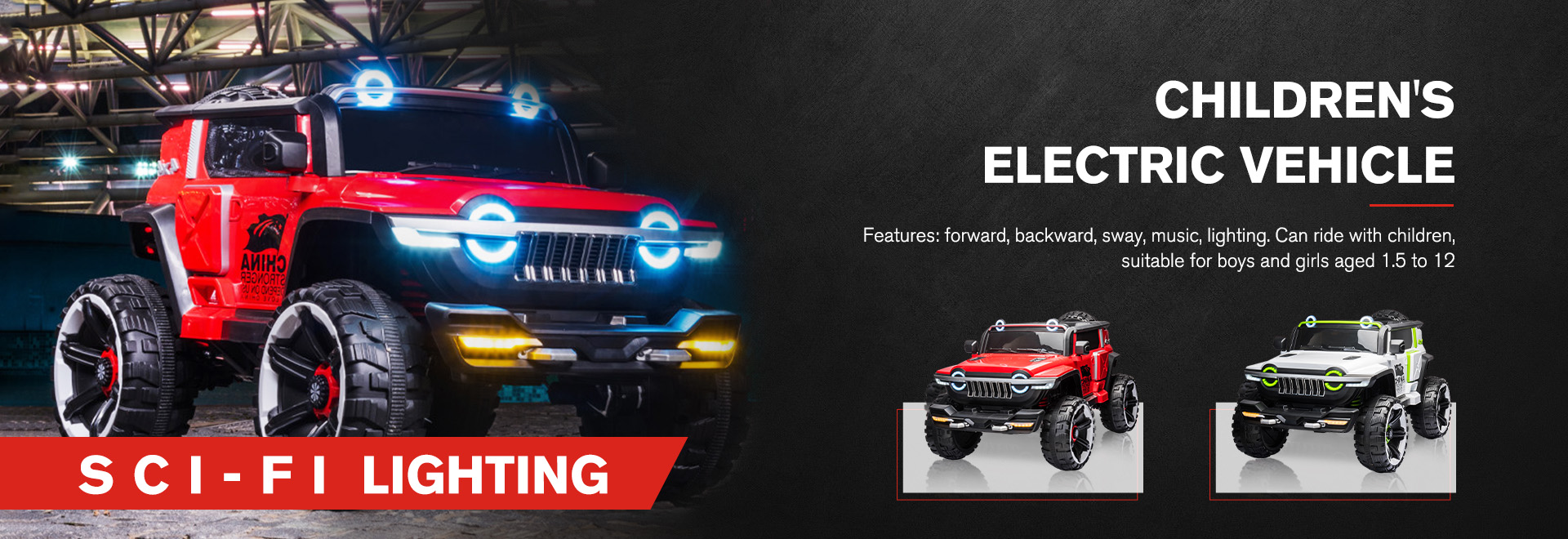self balancing scooter troubleshooting
Troubleshooting Self-Balancing Scooters A Comprehensive Guide
Self-balancing scooters, also known as hoverboards, have gained immense popularity as a convenient and fun mode of transportation. However, like any electronic device, they can encounter issues that may hinder their performance. This article is intended to help you troubleshoot some of the common problems associated with self-balancing scooters, ensuring that you can enjoy a smooth ride every time.
1. Power Issues
Problem The scooter does not turn on.
Solution Check if the device is charged. Plug in the charger and verify that the LED indicator is on, signifying that charging is in progress. If the LED does not light up, inspect the charger for any damage, and confirm that it is properly connected. If the scooter still does not turn on after charging, it may be an issue with the battery and may require replacement.
2. Difficulty in Balancing
Problem The scooter wobbles or tips over during use.
Solution Ensure that the rider’s weight is evenly distributed. Self-balancing scooters have sensors that detect the rider’s center of gravity. Improper weight distribution can cause instability. Additionally, check the tire pressure; uneven tire pressure can also lead to balance issues. If the problem persists, the gyroscope or sensors may need calibration, which can usually be done via specific button sequences found in the manual.
3. Slow Speed or Stalling
Problem The scooter is slow or cuts off unexpectedly.
Solution The scooter may not be calibrated correctly. Most self-balancing scooters require recalibration if they behave sluggishly. This usually involves turning the scooter off, standing it upright on a flat surface, and then turning it on again to allow the onboard computer to reset its internal sensors. Also, check for obstructions in the wheels or drivetrain that could impede movement. If you're riding on an incline, ensure that you meet the scooter’s weight capacity, as exceeding this can lead to speed issues.
4. Warning Lights
Problem The warning lights are flashing
.self balancing scooter troubleshooting

Solution Most self-balancing scooters are equipped with LED indicators that flash to signal different issues. A flashing battery light often indicates low battery, while a flashing error light suggests that the scooter needs a reset or that there’s a malfunction in the system. Refer to the user manual for exact meanings of the warning signals specific to your model, as they can vary between brands.
5. Noisy Operation
Problem The scooter makes unusual noises.
Solution Unusual sounds can often indicate that the bearings in the wheels are worn out or that there is debris lodged somewhere in the mechanism. Inspect the wheels for any foreign objects and clean out any dust or dirt. If noises persist, you may need to lubricate the bearings or replace them to ensure a smoother ride.
6. Connectivity Issues
Problem The Bluetooth connection is unstable or fails to connect.
Solution Ensure that your smartphone or device is within a reasonable distance from the scooter and that Bluetooth is activated. Sometimes, simply restarting both the scooter and your device can resolve connectivity issues. If the problem persists, consider resetting the scooter’s Bluetooth settings as instructed in the manual.
7. Battery Life Concerns
Problem The battery drains quickly.
Solution A reduced battery life can be a result of several factors. Frequent use of high speeds or heavy acceleration can cause faster battery depletion. In addition, extreme temperature conditions can affect battery performance. If your scooter’s battery is consistently failing to hold a charge, you might need to replace it.
Conclusion
Maintaining your self-balancing scooter involves regular checks and troubleshooting. By addressing common problems early, you can enhance your riding experience and prolong the life of your scooter. Always consult your user manual for model-specific instructions, and when in doubt, seek professional assistance for repairs. Happy riding!
-
Understanding Voltage in Battery for Children's Motorized CarNewsJun.05,2025
-
Safety Features to Look for in an Electric Car for KidsNewsJun.05,2025
-
How to Teach Your Child to Ride a Kids MotorcycleNewsJun.05,2025
-
How to Prevent Falls on a Balanced ScooterNewsJun.05,2025
-
How to Maintain Your 3 Wheeled Scooter for LongevityNewsJun.05,2025
-
Best Motorcycle Scooters for Urban CommutingNewsJun.05,2025
